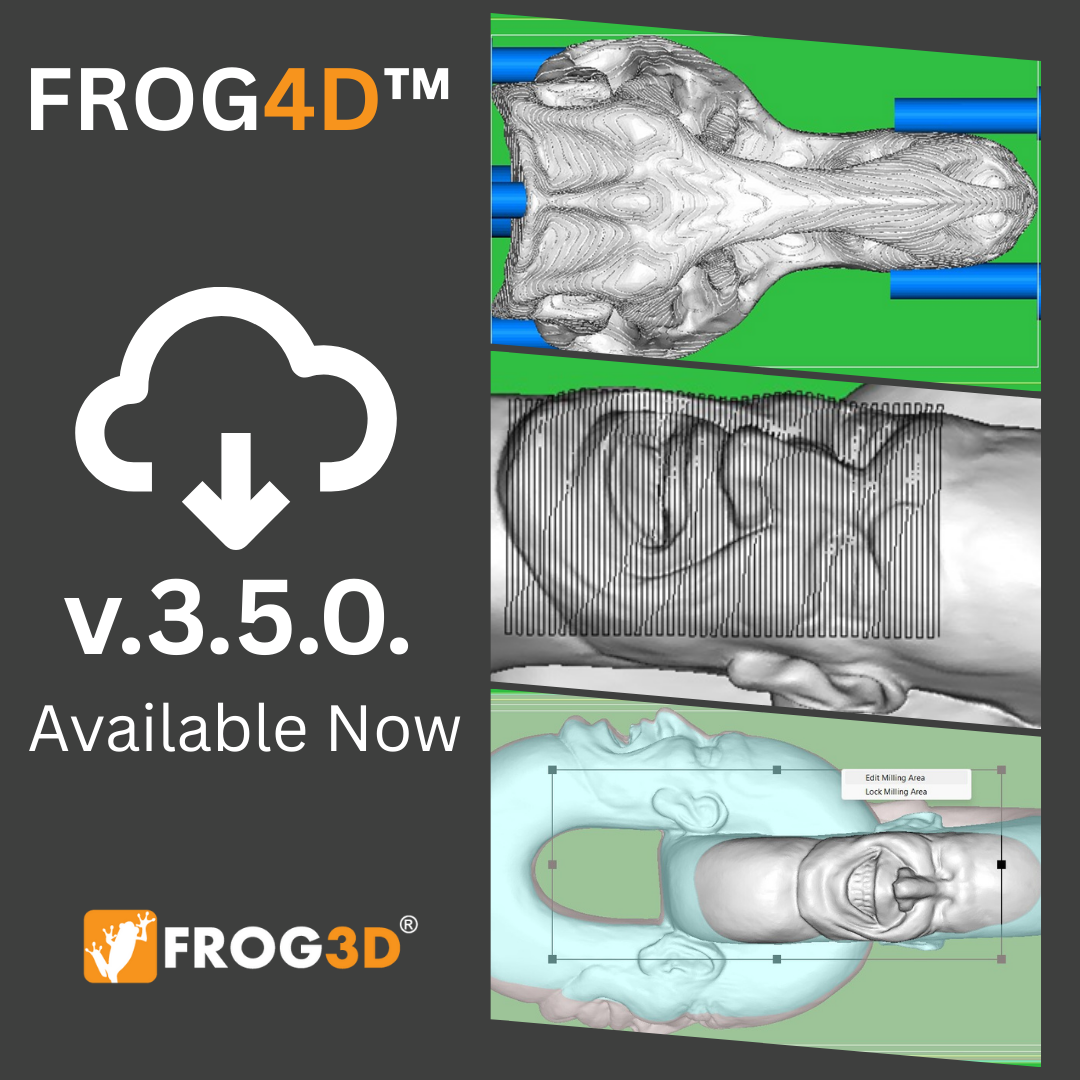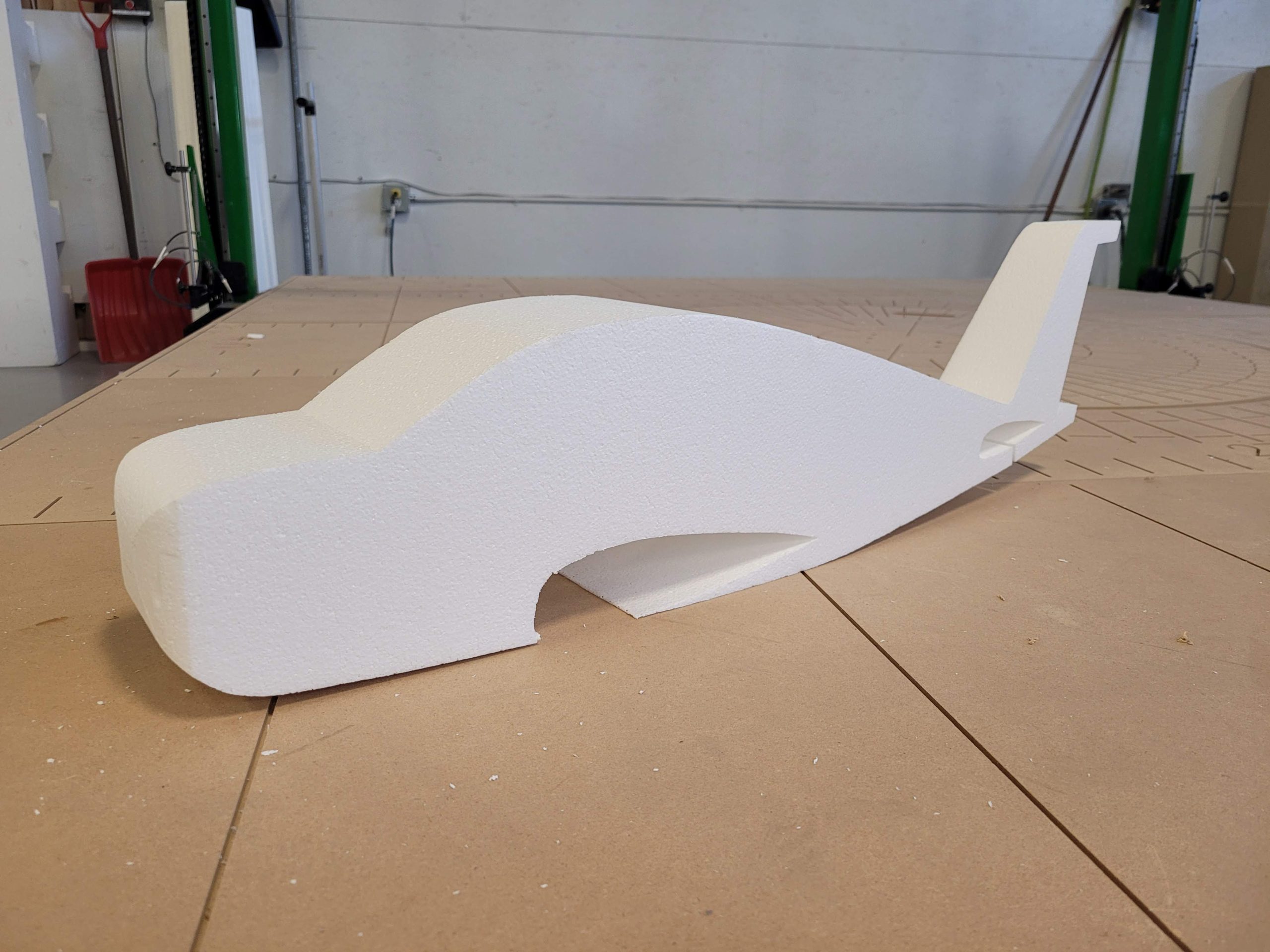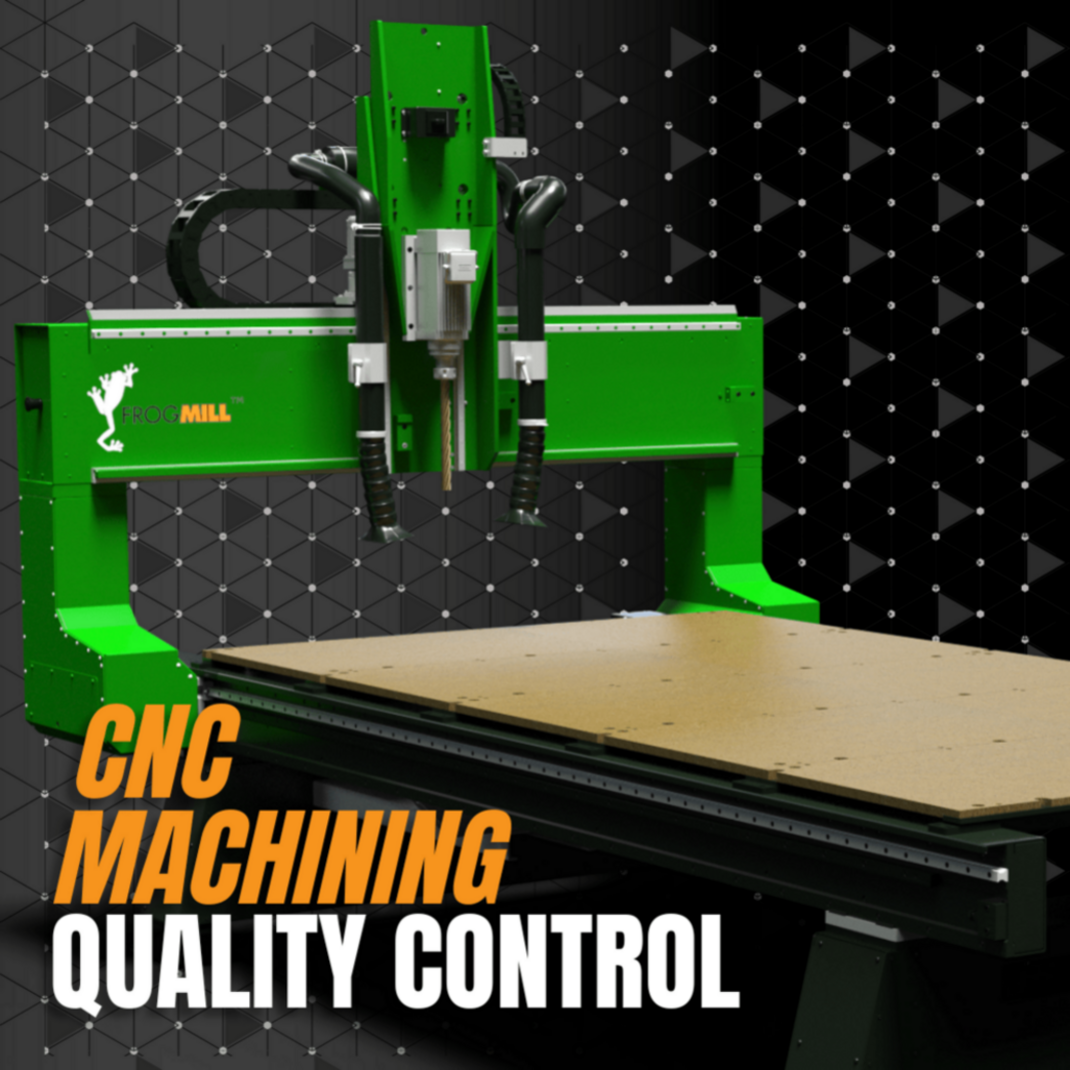The machining process may vary at different shops, but they generally follow the same principle. An initial drawing or schematic is delivered and a prototype is created. Next, the design follows a preset number of machining steps before it is finished and delivered. More often than not, a precast mold will be made for ease of installation, and the time and energy savings that it brings. Concrete has been making a substantial impact on design choices for many industries, and is becoming more commonplace in architecture.

Nowadays, we all know that skilled labour is expensive and tough to find. As the industry progresses, there is a shift to move toward more automated processes. Old-school manual work practices are being phased out as new users are taught how to use the equipment and software (which is where our training offerings come in).
Additionally, precast eases the quality control portion of the machining process, and due to its manufacturing location – at the plant instead of a job site – the precast installation will be more simple and straightforward. Due to the precast being concrete, it will not be affected by changing weather and allows for year-round production, which can boost shop work and bring in additional work!

Recently, material processing technologies have been advancing at a rapid rate. The process allows for concrete and cement to be used in more creative, outrageous ways never seen before, opening up the doors for more elaborate designs and structures. Due to this fact, standard form-work has fallen by the wayside as it is simply not flexible enough to support these complicated curvatures.
As things stand, foam is a much more reasonable material to work with for precast shapes as it can be carved or machined into solid structural forms instead of the laboursome and lengthy process of laminating and forming wood, not to mention building the supporting structures to hold them in place. Oof, even just writing that made us tired.
Need help with precast molds for your concrete projects? We’re here to help. Check out our clients’ past work with precast here.




